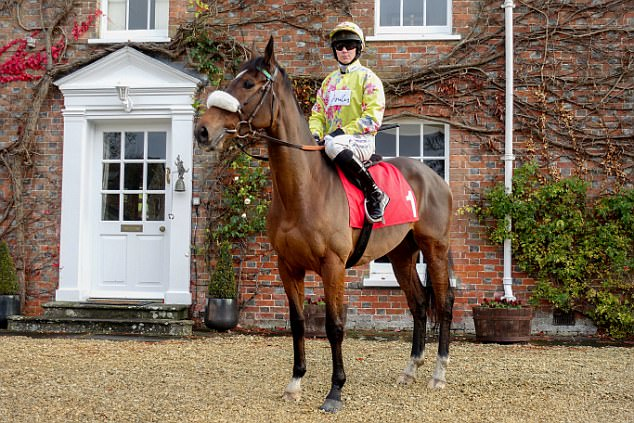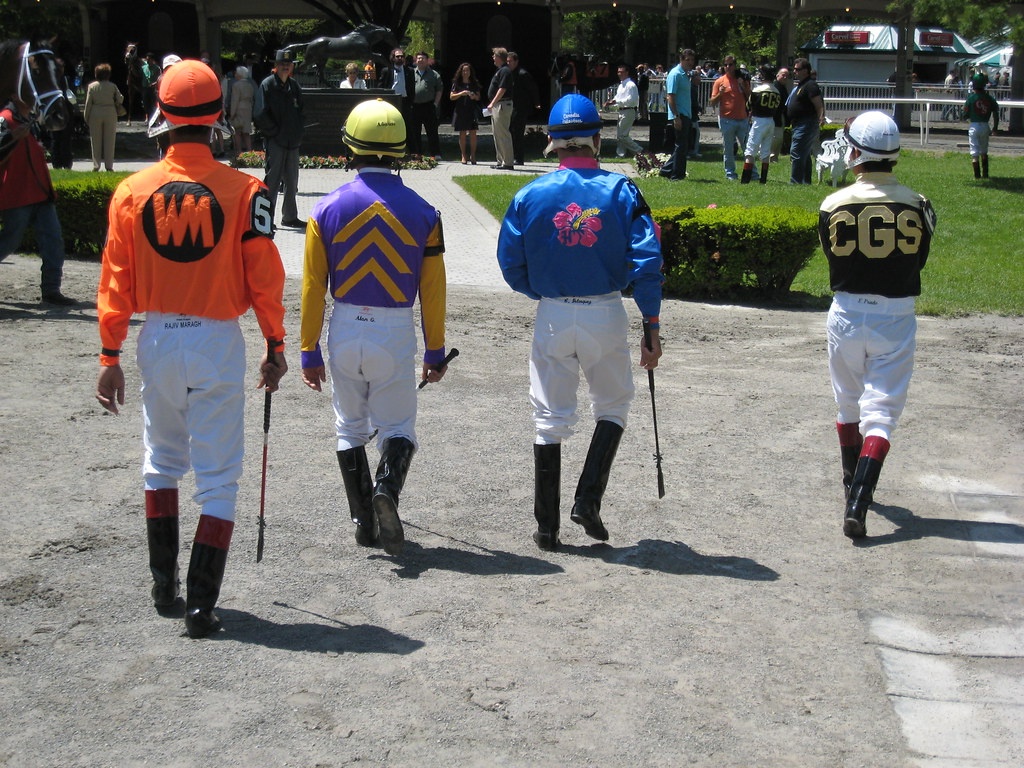There are not many more exhilarating feelings than an owner seeing their horse flash past the post in the first place, or after handicapping a race, a punter sees their top selection winning the race. The horse is identified by the silks that the jockey of the horse is wearing, and that is how the horse is identified by either the owner, the trainer, the horseracing commentator, or the punter who has placed a winning bet.
How do Jockeys Choose their Silks – The colours of jockeys’ clothing are not chosen at random. The color and pattern of the jockey silks will be unique to the owner of the horse being ridden. When you see two horses with the same silks in the same race, it signifies they are owned by the same person. The layout of The Jockey Club registers each silk so that no two owners have the same silks.
Racehorse Owners Skills – Definition, History, and Famous Silks
The term “silks” refers to the colors worn by jockeys during races. They are made up of a shirt that covers the rider’s safety equipment and a cap that covers the rider’s helmet. They symbolize the horse’s owner in the same way as a uniform represents a team. Each pair of silks must have a distinct color and pattern combination so that they may be recognised as belonging to their owner and only their owner.

Enhancing the spectacle of a race day is a wonderful goal in and of itself, and the opportunity to link a horse with a specific owner no doubt adds significantly to the pride and entire experience of ownership. Racing silks, on the other hand, serve the more practical aim of allowing racegoers, bettors, and commentators to rapidly and readily discern between runners.
Assume that all of the jockeys were dressed in white. Keeping track of the beast carrying your money throughout a race would be difficult, and the work of the racecourse announcer would be almost impossible.
Jockey silks and colors in horseracing may be dated back 500 years and are said to be founded in the traditions of wearing a uniform to signify whom you were fighting for in combat. Certainly, the employment of silks and colors to identify an owner in horseracing was common in the 18th century and has remained an essential tradition in the sport right up to the present day.

The practice originated in England, and it has made British horseracing famous for its vibrant and colorful aesthetics. Silks, which are usually chosen and created by the horse’s owner, come in a broad range of colors and may combine several forms into their design, with designs incorporating circles, stars, squares, and triangles proving popular throughout the years.
After deciding on a design, the owner will have it registered and constructed. After they have been registered, the precise pattern and colours of their silks may not be utilized by anyone else. Her Majesty the Queen’s silks and colours, which blend purple, red, and gold braiding, are among the most recognizable on the planet.
Registration and Regulations for Jockeys’ Silks
The Jockey Club, founded in 1750, quickly started to formalize and control the usage of jockey silks, keeping track of which colors were registered to whom and insuring there was no duplication. And this is a function that the sport’s governing bodies continue to play to this day, with the regulation of jockeys’ silks currently coming under the purview of the British Horse Racing Authority (BHA) in the United Kingdom and Horse Racing Ireland (HRI) in Ireland.
Owners must have applied, obtained permission for, and registered their “racing colors” with the Racing Calendar Office before entering a horse in any race. Until this work is accomplished, no owner will be allowed to enter any of their horses in any race.

A horse must run in the registered colors of its owner. Some owners, on the other hand, have many horses which means that a single owner may run two or more horses in the same race. This might be an issue since a regulation specifies that two runners cannot wear the same silks during a race.
To avoid this problem, owners with lengthy strings simply register more than one set of racing colors under their name, with one set serving as their primary or “first” colors and the others serving as backups to be utilized as and when needed. In many situations, an owner’s second, third, fourth, and even fifth silks will change just slightly from their primary colors, with the same jacket but a different cap.
Owners Silks – Regulations
As previously stated, all proposed racing silks must be approved by the BHA or HRI before they can be registered and used in a race. The governing authorities will evaluate questions of appropriateness, as well as parallels with existing silks currently registered in the UK and Ireland, or other racing jurisdictions across the globe, before giving this authorization.

Before 1970, the design requirements were quite permissive, but after that year, the limits were tightened somewhat to accommodate just a preset selection of color and pattern combinations. The rules were later relaxed in 2017, and today’s potential silk owner has three major options: standard, custom, and vintage.
Owners Silks – Options
In terms of design options, the conventional option has three sections where color and pattern combinations may be chosen for the jacket, sleeves, and cap. Each of these pieces comes in 18 different colors, with 25 different design possibilities for the jacket, 12 for the sleeves, and 10 for the cap. Stripes, hoops, and spots are the most common designs, followed by chevrons, cross belts, and quarters, and finally the somewhat more exotic hollow box, Cross of Lorraine, and Diabolo.
As limited as these might seem, the number of permutations across the entire range can generate approximately seventeen million individually distinct silks when all of the different jacket/sleeve/cap and pattern/color combinations are combined.
A Day at the Races – Those Jockeys’Silks Look Amazing
There are many amazing views involved with a day at the races, from the scenic locations to the magnificent animals themselves, and on to the women and gentlemen in their finery for the year’s largest meetings.
As the horses flash past the winning post, the commentator and punter will identify the winning horse by the owner’s silks the winning jockey is wearing. The process of finding the right combination of jacket, sleeves, and cap and registering it might have been a long one, but when that horse wins the feeling of exhilaration will be unparalleled.

